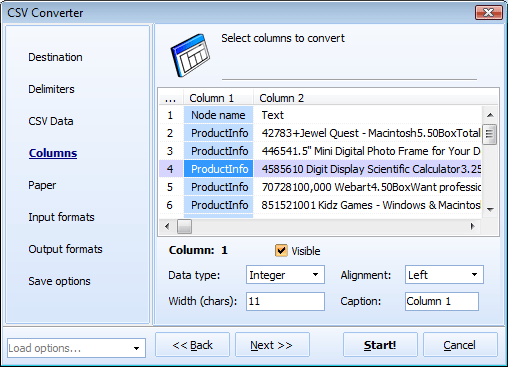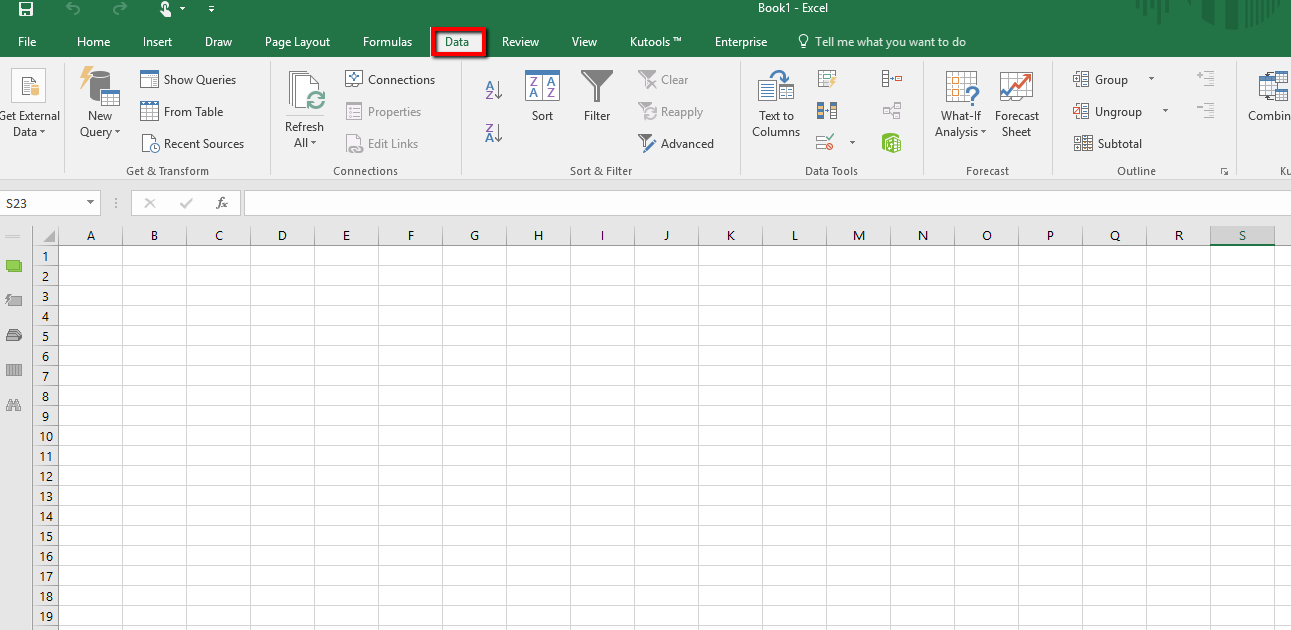


Lastly, if you just need a "tool" then check out CloudCompare, which handles many file format conversions. import pandas as pd textdatafile pd.readcsv ('path to the txt file') textdatafile.tocsv ('new csv file name', index None) After running the above code snippet a new csv file will be created in the same directory with the name mentioned inside the tocsv. PointN_x pointN_y pointN_z pointN_intensity The Python code snippet required to convert a text file to CSV is given below: Copy. Point2_x point2_y point2_z point2_intensity Point1_x point1_y point1_z point1_intensity txt file with a custom header so it looks like this: plyĮlement vertex If you really need ASCII then use this: o3d.t.io.write_point_cloud("y", pcd, write_ascii=True)Īlternatively, since ASCII is basically plain text, you could do this without any external library by just replacing the first line of your. The above solution gives you a binary file, which is the default for open3d. Note that PLY comes in two flavours: ASCII and binary. If you need them use open3d.t: pcd = o3d.t.io.read_point_cloud("input.txt", format="xyzi") This will not preserve the intensity values, though. Pcd = o3d.io.read_point_cloud("input.txt", format="xyz") GitHub - Peta0228/python-convert-txt-to-csv: convert a tabular txt file to a csv file Peta0228 / python-convert-txt-to-csv Public Notifications Star master 1 branch 0 tags Code 7 commits Failed to load latest commit information.

Replace line 3 with the location of your text file and replace line 4 for the. You can use Open3d for this: import open3d as o3d Use the template below to facilitate the conversion of text file to CSV format.


 0 kommentar(er)
0 kommentar(er)
